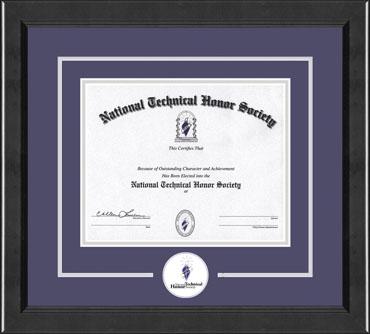Lindey Passenger Wieck is an educator, an urban historian, and an advocate for integrating local culture and history in the classroom. She writes:
“As a historian of race, culture, and identity, I’m constantly tackling tricky issues of racial representation in my teaching and research. Despite this, I’ve long dreaded the day that I would need to confront one of my kids’ teachers about their Thanksgiving curriculum. Stereotypical and racist portrayals of Native peoples fill U.S. elementary schools each November as students encounter historically-inaccurate portrayals of Native peoples in arts & crafts, books and lessons about a shared Thanksgiving meal, and songs and plays with hand-crafted headdresses and vests. But these activities are problematic, because they depict Native peoples in an ahistorical way and perpetuate myths about colonial encounters. These representations of Native peoples are harmful because they compress all Native peoples into a single image of “the Native American at Thanksgiving.” These depictions overlook the immense diversity of Native peoples in North America, while also turning contemporary Native peoples and identities into costumes to be worn.
By taking a decolonizing approach to teaching about Thanksgiving, teachers and families reject the myths of Thanksgiving and harmful stereotypes about Native peoples. Instead, teachers and families can de-romanticize this holiday, by engaging Native perspectives that recognize the diversity of Indigenous peoples and their contemporary presence in 21st-century America. With children’s books like Sally Hunter’s “Four Seasons of Corn: A Winnebago Tradition,” educators can examine historical methods of subsistence and show how these traditions still exist today. Furthermore, teachers can examine the myths of Thanksgiving with students. Older students can even analyze contemporary Native responses to Thanksgiving.”
To read more, and access a list of resources this author has collected on this subject, click here.






